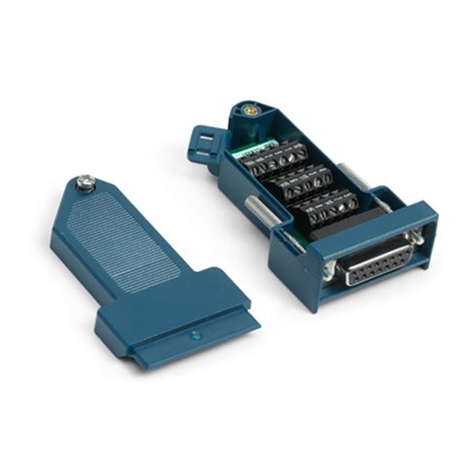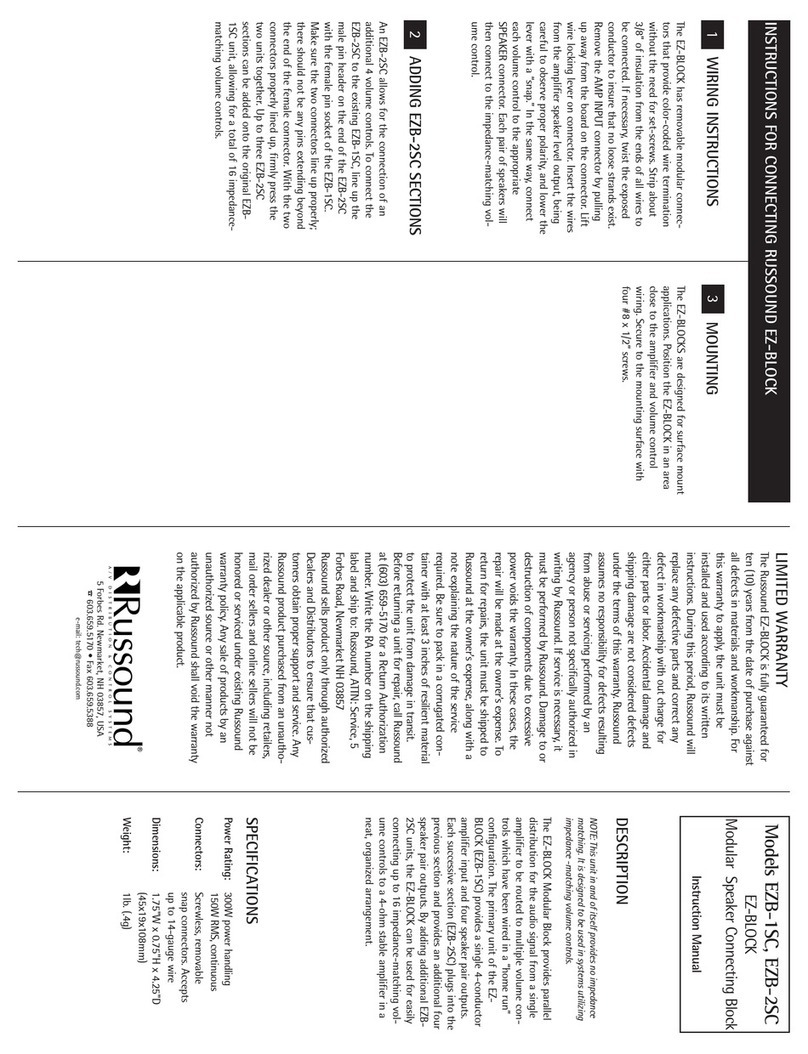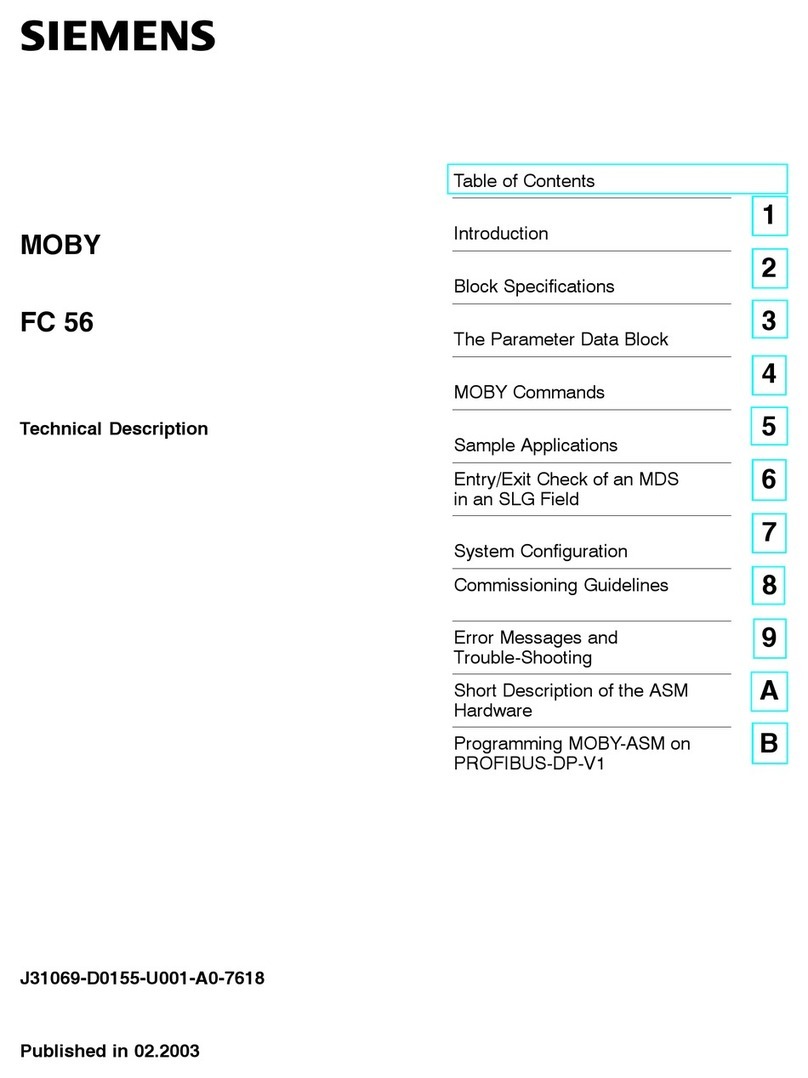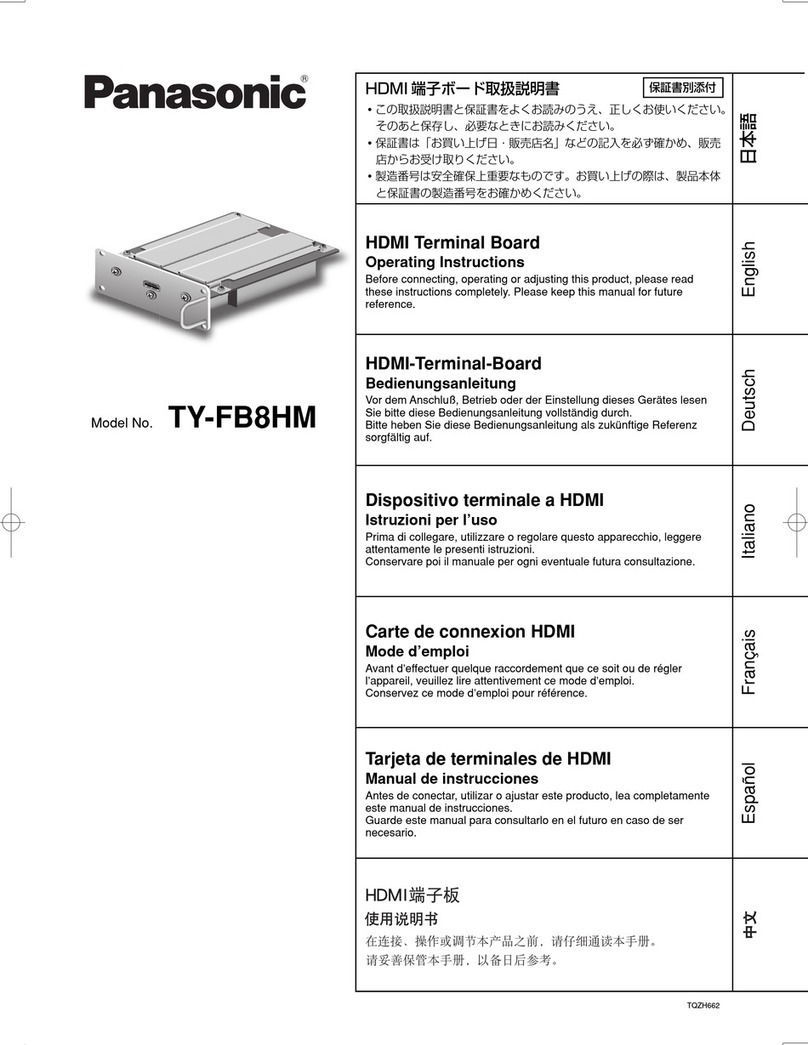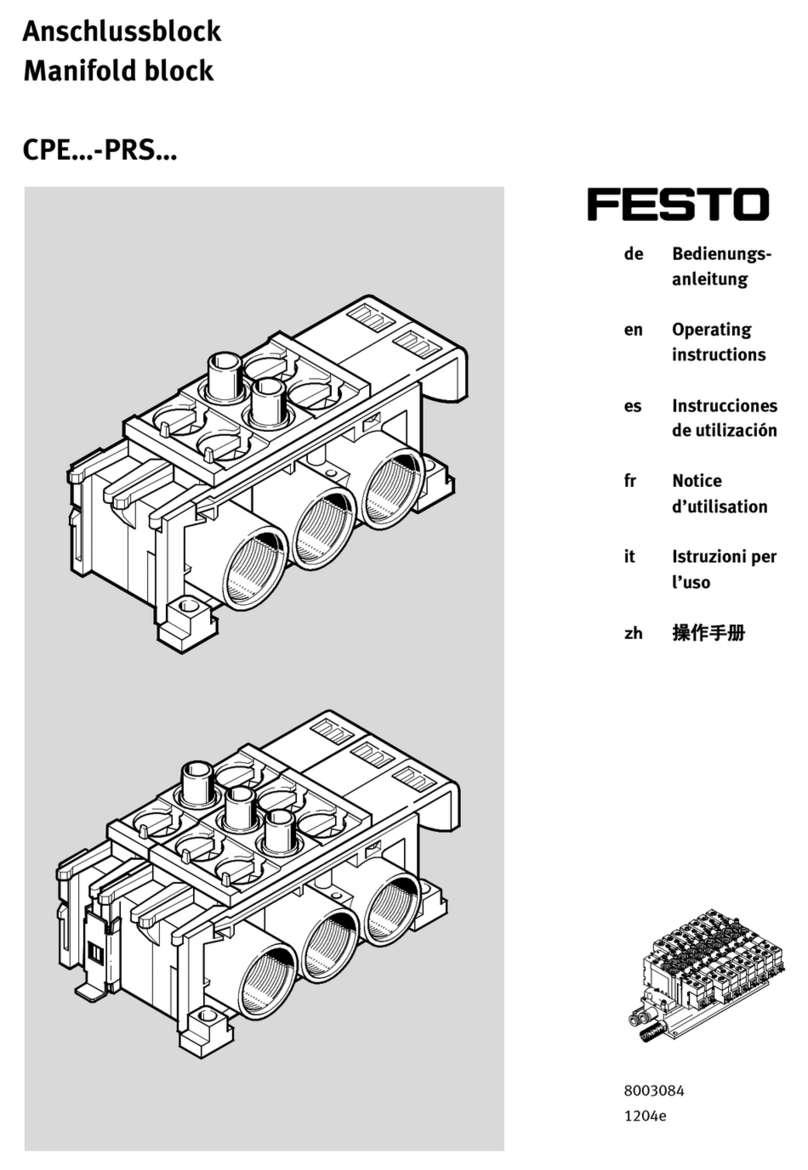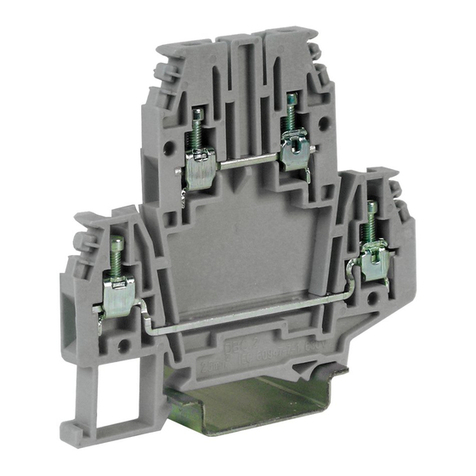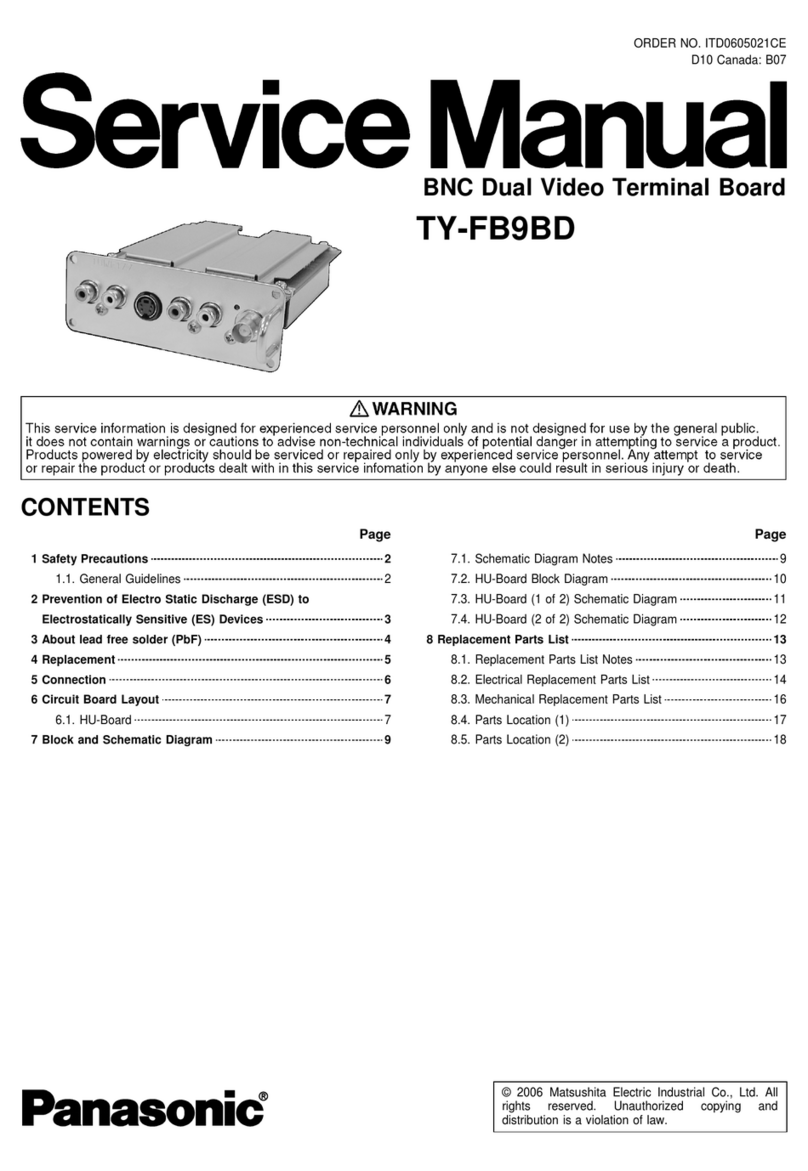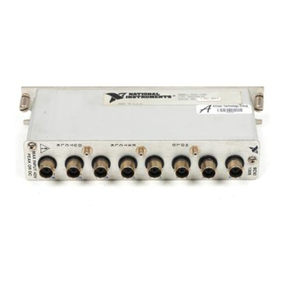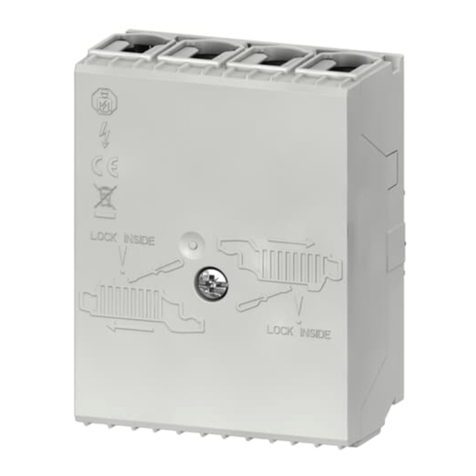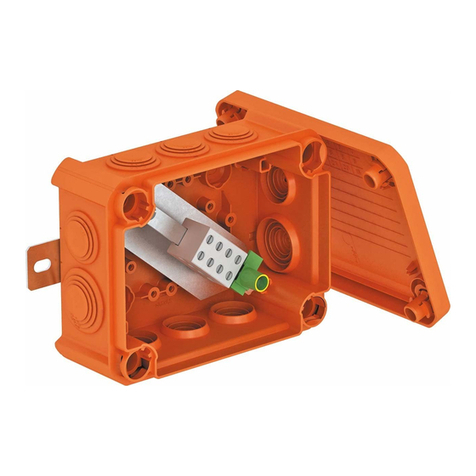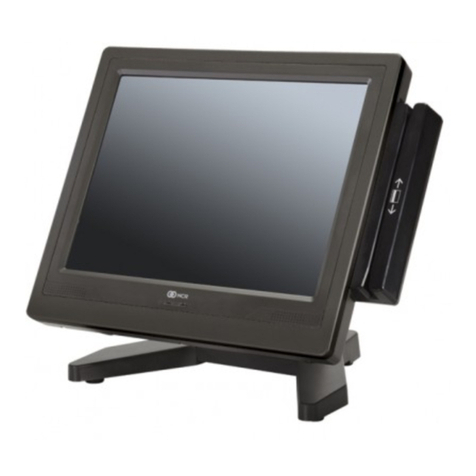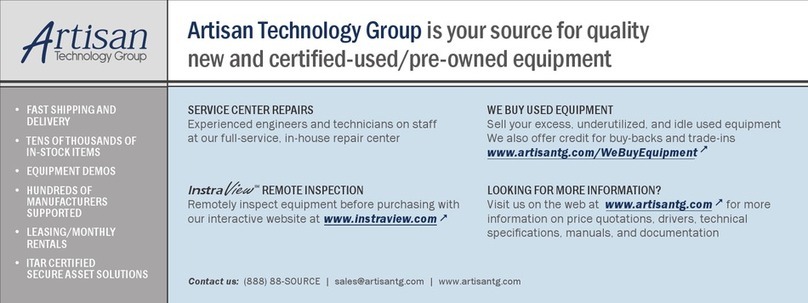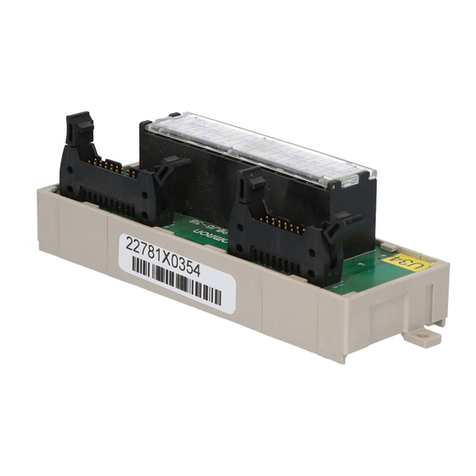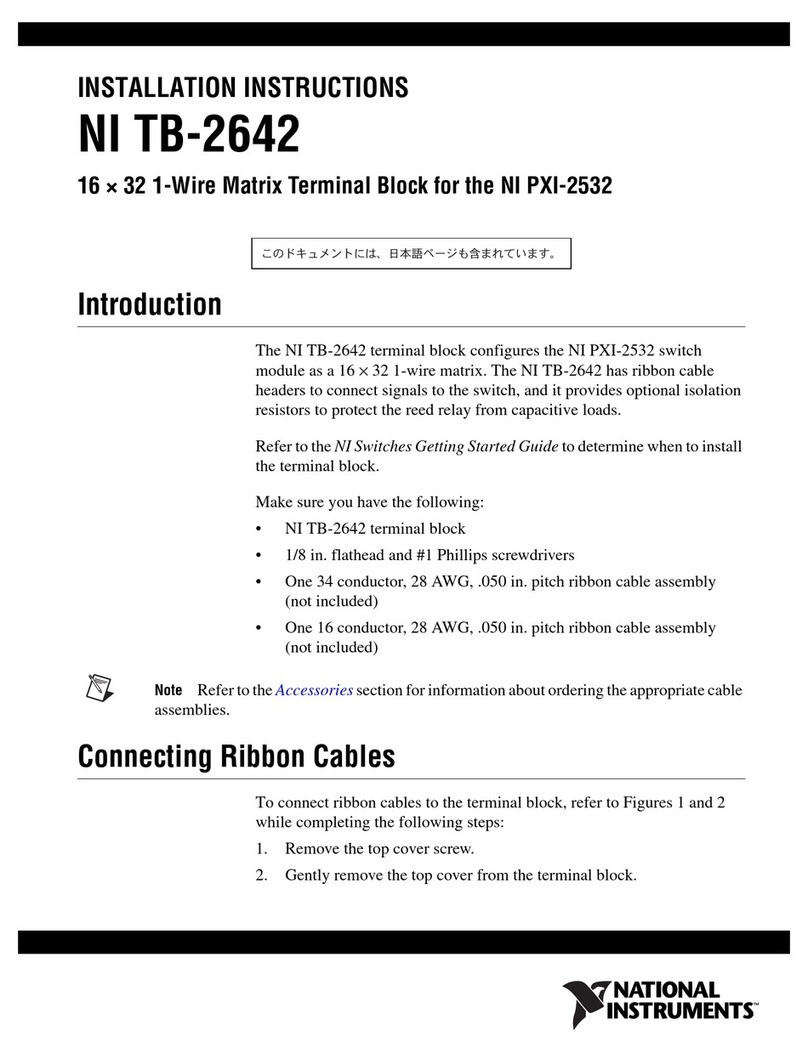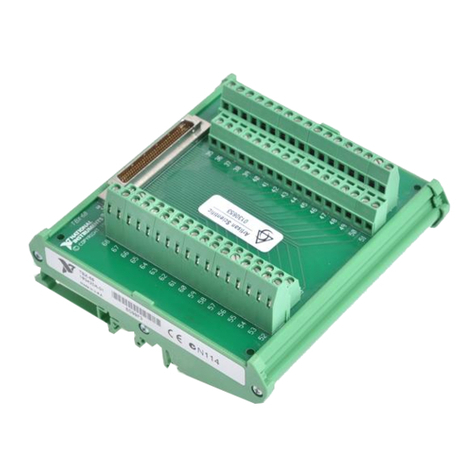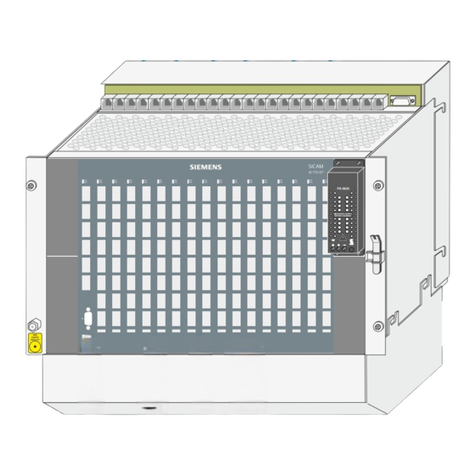2
EN
EN
EN
EN
EN
EN
EN
EN
EN
EN
EN
EN
EN
EN
EN
EN
EN
EN
EN
EN
EN
EN
EN
EN
EN
Terminal Boxes
Series 8146/1, Series 8146/2
Contents
1 General Information ............................................................................................3
1.1 Manufacturer .......................................................................................................3
1.2 About these Operating Instructions .....................................................................3
1.3 Further Documents .............................................................................................3
1.4 Conformity with Standards and Regulations .......................................................3
2 Explanation of the Symbols ................................................................................4
2.1 Symbols in these Operating Instructions ............................................................4
2.2 Symbols on the Device .......................................................................................4
3 Safety ..................................................................................................................5
3.1 Intended Use .......................................................................................................5
3.2 Personnel Qualification .......................................................................................5
3.3 Residual Risks ....................................................................................................6
4 Transport and Storage ........................................................................................8
5 Product Selection, Project Engineering and Modification ...................................8
5.1 Additional Through Holes in Flange Plates .........................................................9
5.2 Additional Through Holes in the Enclosure with
an internal Brass or Flange Plate ......................................................................10
5.3 External Attached Components
(Cable Entries, Stopping Plugs, Breathers) ......................................................13
5.4 Internal Built-In Components
(Conductors, Terminals, Fuses) ........................................................................14
6 Mounting and Installation ..................................................................................17
6.1 Mounting / Dismounting, Operating Position .....................................................17
6.2 Installation .........................................................................................................18
7 Commissioning .................................................................................................21
8 Maintenance and Repair ...................................................................................21
8.1 Maintenance .....................................................................................................21
8.2 Maintenance .....................................................................................................21
8.3 Repair ...............................................................................................................21
9 Returning the Device ........................................................................................21
10 Cleaning ............................................................................................................22
11 Disposal ............................................................................................................22
12 Accessories and Spare Parts ...........................................................................22
13 Annex A ............................................................................................................23
13.1 Technical Data ..................................................................................................23
14 Annex B ............................................................................................................26
14.1 Dimensions / Fastening Dimensions .................................................................26
